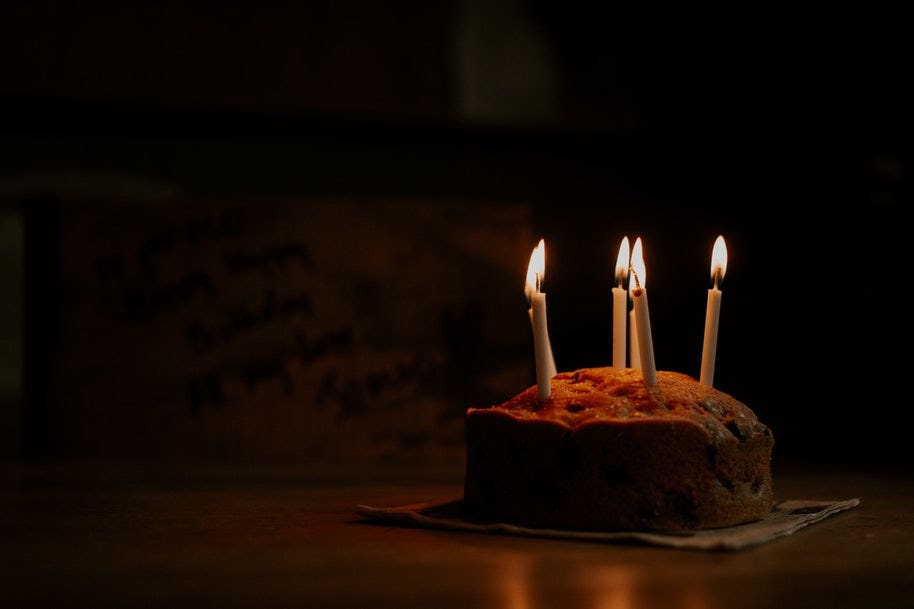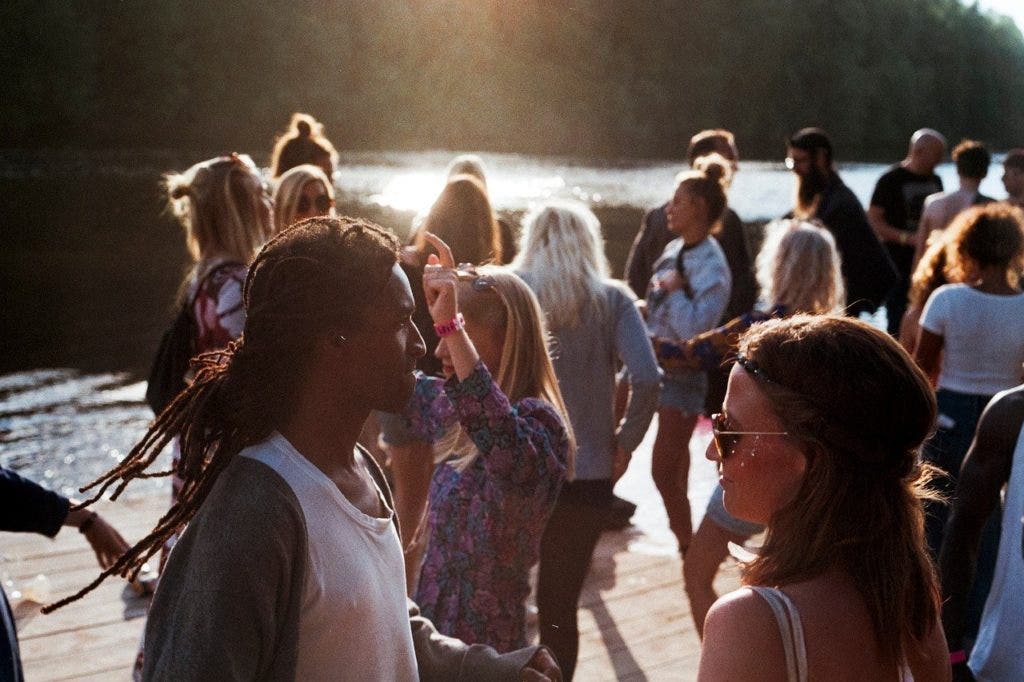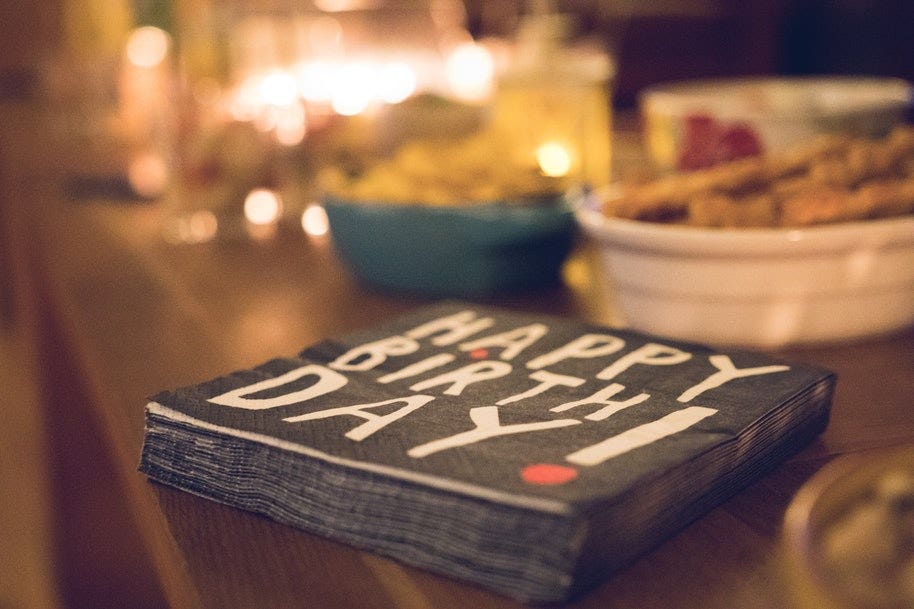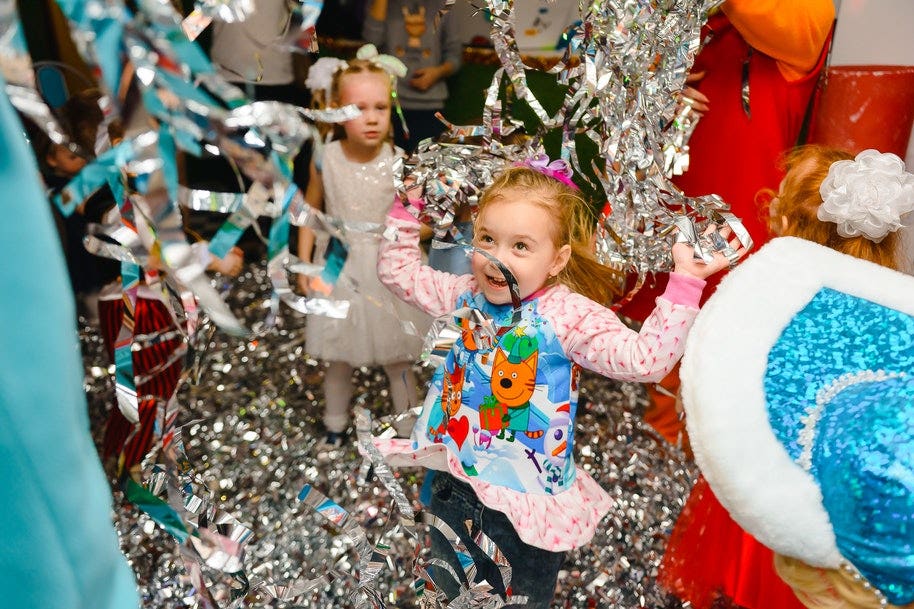
Party photography may be a lot of fun but it isn’t a piece of cake. Parties involve endlessly moving and unpredictable subjects. You might also being shooting in low light if the party is indoors or at night.
You might need to anticipate the movements of highly excited children at a kid’s birthday party. You’ll have to adjust settings like aperture and shutter speed to account for low light.
Plus you’ll want to do all this while capturing dynamic shots that portray the true atmosphere of the event. Want to nail your party photography? Read on for some of our best tips to help you get it right.

1. Don’t shoot dead-centre
Parties attract group photographs but it’s hard to make such shots look interesting or different. In group shots, people naturally line up side-by-side, which can produce flat, lifeless photos.
Instead, create dynamic shots by adding depth to group portraits. Try stepping to the side, instead of shooting from the centre, so that several people will be closer to the lens and others further away.
2. Don’t shoot straight-on

As with shooting a dead-centre, shooting from your natural height can lead to a dull and repetitive perspective in the photo album.
Photograph food decorations or piles of gifts from up high - don’t be afraid to climb onto a chair for added height. Shooting from above also helps eliminate background distractions, helping you achieve a stronger composition.
If you’re photographing a child’s birthday, get lower to the floor so you’re shooting at their eye level. This perspective will also help you capture more natural shots of those kids’ unique (and often hilarious) expressions.
3. Experiment with different angles
Professional photographers often resort to a technique called the Dutch angle, or the jaunty or canted angle.
In this technique, you swivel the camera so that photos are taken at an angle, with vertical and horizontal lines skewed. A smart hack is to keep a subject’s eyes level with the bottom of the frame for a point of interest.
4. Observe and anticipate the candid shots

It’s not always easy to get candid shots at a party because people automatically adjust their behaviour in front of the camera.
So you need to let people get used to your presence, then be unobtrusive and perhaps a little sneaky.
It’s important to spend time observing the event without your camera, watching out for people and patterns in movement. Then, get into position and wait.
Consider using reflections (through mirrors or windows) or shapes to frame your subjects. You can shoot through windows or door frames, in between people, or past party decorations.
5. Learn how to shoot with flash
At parties, you need to be on your feet and moving about, which makes tripods a no-go. This means it’s going to be harder to use the ambient lighting to capture sharp shots. So a little flash can go a long way.
If you do use flash, opt for an off-camera external flash unit, where you can bounce the light off the ceiling for more natural lighting. This will help eliminate the direct lighting that causes bright spots and harsh shadows.
But don’t rely on flash alone; try to combine it with other available light sources where possible.
6. Understanding how to photograph in low light

One of the biggest challenges you might have with party photography is low light, especially if the event is held indoors or at night.
A flash can help illuminate the scene but the bold burst of light can be a little intrusive for party goers. So it’s better to adjust your camera settings to shoot clear pictures in low light without flash.
For this, you’ll need to take control of your camera’s exposure, getting the right balance of shutter speed, aperture, and ISO.
For low light situations, start with a shutter speed of about 1/125th of a second. If you can get away with a slower shutter, try it! Just make sure movement in your images is frozen. With a flash, you can adjust the shutter speed to around 1/200th of a second.
You also need to think about the low light when adjusting your ISO and aperture settings. Experiment with an ISO of 400 to 800. It’s fine if you need to raise the ISO to 1200; it’s better to get the aperture and shutter speed just right first.
If you like to photograph candid portraits, you’ll love a wide aperture, which creates a shallow depth of field that isolates your subject from the background. Try an aperture between f/5.6 and f/8.
7. Have the right lens on hand
Party photography can be particularly demanding in that it calls for wide-angle shots as well as close up portraits.
A zoom lens with a wider aperture, such as a 24-70mm f/2.8 lens, provides the versatility you need for parties and other nighttime events.
If you prefer prime lenses, a telephoto lens enables you to isolate subjects without being right up in their faces while a standard 50mm lens creates great bokeh and works well in low light thanks to its wide aperture.
Start experimenting with party photography today
Ready to impress all your guests with stunning photographs of your party? Capturing incredible portraits of all your family and friends is a better gift than any party favour.
Get the right lens equipment for your party photography with Camera House today or learn more about photography on the Camera House blog.
